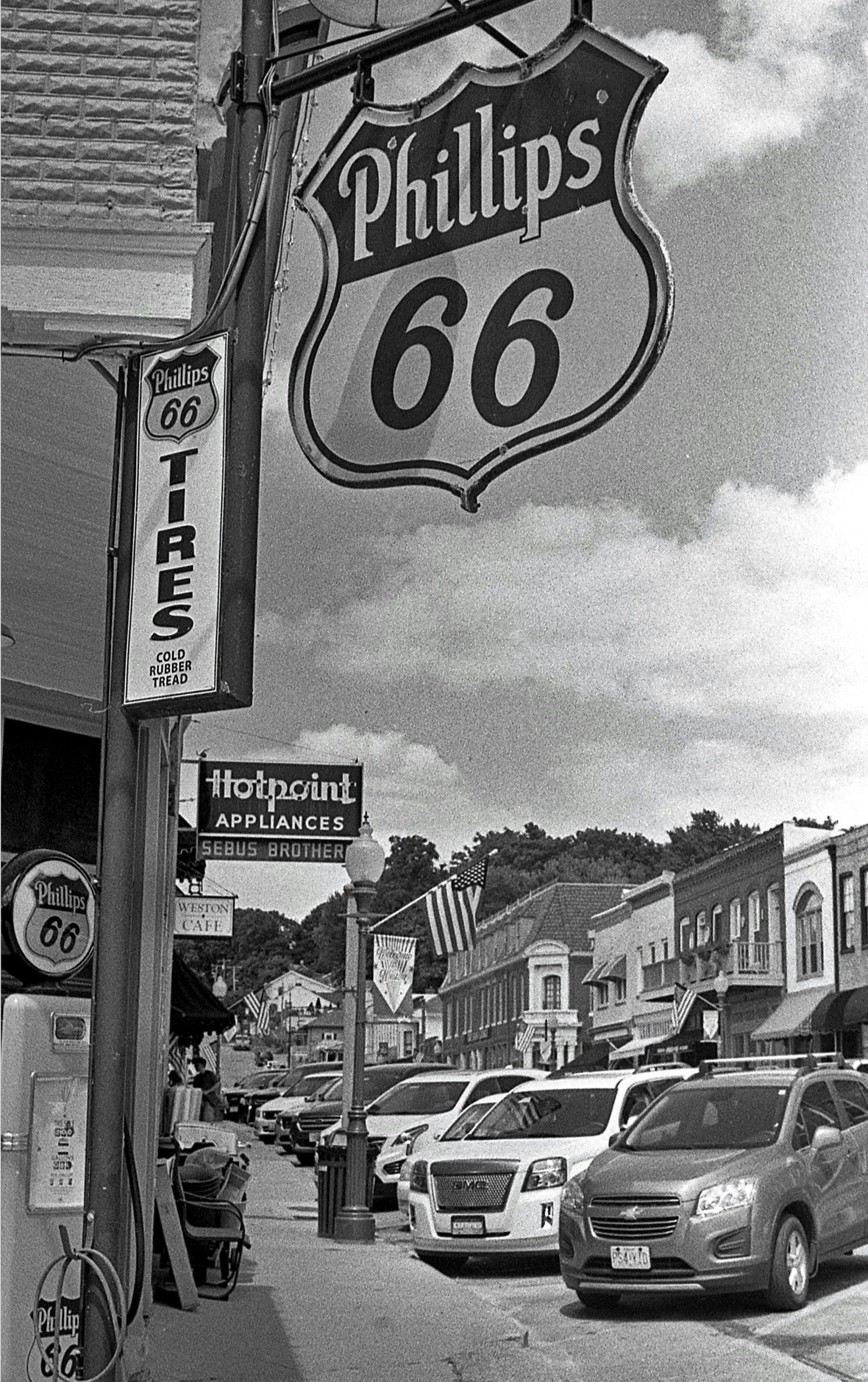I. Introduction
Hummingbirds, with their iridescent feathers and swift flight patterns, are a delightful sight in any garden. From an ecological perspective, these tiny dynamos help in cross-pollination, thus supporting the biodiversity of our environment. Moreover, watching these vibrant birds flit around your garden is a rewarding experience that adds charm and life to one’s outdoor space.
The state of Missouri, with its varied USDA hardiness zones (ranging from 5 to 7), temperate climate, and a good mix of sunny and shady areas, provides ideal conditions for many native species that can attract hummingbirds. Optimal planting choices can result in rapid garden growth complemented by the delightful presence of these energetic birds.
II. Fast-Growing Native Flowers to Attract Hummingbirds
Investing in native hummingbird-friendly flowers not only bolsters local ecosystems but also promises faster growth due to their adaptation to the regional climate and soil conditions. Here are a few fast-growing options specifically suited to Missouri:
A. Annuals
Indian Paintbrush (Castilleja coccinea):
This vibrant red flower is a hummingbird magnet due to its tubular shape and high nectar concentration. Given the right conditions with well-drained soil and full sunlight, these plants grow rapidly, their blooms offering a striking visual contrast amidst the foliage. Ideally, you should aim to plant them in mid-spring to early summer to leverage Missouri’s optimal growth conditions.
B. Herbaceous Perennials
1. Bee Balm (Monarda bradburiana):
Known for their striking red, pink, or purple blooms, bee balms are fantastic for attracting hummingbirds. They prefer full sunlight and moist, well-drained soils. The ideal planting times bee balm in Missouri’s climate would be early spring or fall. Regular watering will encourage healthier growth, leading to a delightful flurry of hummingbird activity.
2. Blue Lobelia (Lobelia siphilitica):
This periwinkle-blue flower is a popular choice among Missouri’s native species for attracting hummingbirds. They do well in well-draining soils amid full to partial sunlight. Late spring to early summer is an excellent time for planting. Special attention should be given to watering as they prefer moister soils.
3. Columbine (Aquilegia canadensis):
From late spring to early summer, Columbines display fiery red and yellow flowers that hummingbirds cannot resist. They enjoy partial to full sun and thrive in moist, well-drained soil. These fast-growing natives can add an immediate burst of color to your garden.
4. Wild Bergamot (Monarda fistulosa):
With gorgeous pink to lavender blooms, Wild Bergamot is another excellent bee balm species that not only attract hummingbirds, but also butterflies. They do well in various soil types making them a versatile choice. Full sun is preferable, although they can tolerate part shade.
III. Sub-regional Planting Recommendations and Longer-Term Projects
A. Flowers Suitable for Southern Missouri
1. Blue Sage (Salvia azurea): With its light blue to azure flowers, Blue Sage is a hardy, fast-growing perennial that perfectly suits the warmer climate of southern Missouri. Plant in full sunlight for optimal growth.
2. Coral Honeysuckle (Lonicera sempervirens): A vine known for its beautiful, tubular red flowers, Coral Honeysuckle is perfect for adding a splash of color to trellises, fences, or walls. They fare well under full sunlight or light shade, making them a go-to choice for the varied climatic conditions of southern Missouri.
B. Perennials and Shrubs for Long-Term Attraction
Consider adding perennials and shrubs that require more time to establish but yield long-term results. Key among them is the Cardinal Flower (Lobelia cardinalis)—a hummingbird’s delight. With its striking red flowers tempting hummingbirds, it’s a valuable addition for sustained garden interest. Be mindful of the planting times cardinal flower prefers—ideally, early spring or fall—and keep the soil consistently moist to foster growth.
Also consider Butterfly Milkweed (Asclepias tuberosa). It may take more time to establish, but its bright orange blooms are worth the wait and the effort, attracting both hummingbirds and butterflies.
C. Vines
Finally, vines such as Trumpet Creeper (Campsis radicans) and Yellow Honeysuckle (Lonicera flava) provide vertical growth options that can be home to nectar-rich flowers. These vines take longer to establish but provide hummingbirds the much-needed nectar throughout the growing season.
IV. Creating and Maintaining a Hummingbird-Friendly Garden
A. Flower Combinations and Arrangements
Combining various types of flowers with different bloom times can ensure continuous flowering throughout the growing season, thereby consistently attracting hummingbirds. Pair cardinal flowers with bee balm for a colorful display ranging from mid-summer to early fall.
B. Garden Maintenance Tips
Proper watering, fertilizing, and pest control are key to maintaining a thriving garden. Limiting the use of pesticides can help protect hummingbirds and promote beneficial insects. For plants that prefer moist soil, mulching is an effective technique to maintain soil moisture and temperature.
C. Year-Round Garden Tips
In addition to preparing for the blooming seasons, remember to winterize your garden. This includes tasks such as mulching to protect plants from freezing temperatures and cutting back old stems for optimal growth in the spring.
V. Expert Insights and Practical Advice
A. Insights from Local Gardeners and Botanical Experts
Gardening enthusiasts and experts can offer valuable insights and tips drawn from their experiences. Cross-referencing these experiences with your garden setup can provide practical knowledge that’s directly applicable.
B. Field Visits and On-Site Observations
Visit local nurseries, botanical gardens, or garden centers to get a better understanding of the plants’ growth habits and seasonal behaviors. This can also inspire further garden layout and planning ideas.
C. Challenges and Mitigation Strategies
Various challenges like pests, unexpected weather changes, and varied soil conditions could impact the growth of your garden. Incorporating preventive measures such as disease-resistant varieties or organic pest management can ensure your garden thrives year after year.
VI. Conclusion
Planting fast-growing, native flowers to attract hummingbirds enhances both the visual and ecological appeal of your garden. Particularly, Missouri boasts an array of plant varieties that can draw these beautiful creatures throughout the blooming seasons. So why wait? Whether you’re an aspiring gardener or a seasoned green thumb, consider investing in these plants and create your very own hummingbird-friendly garden. Happy gardening!

